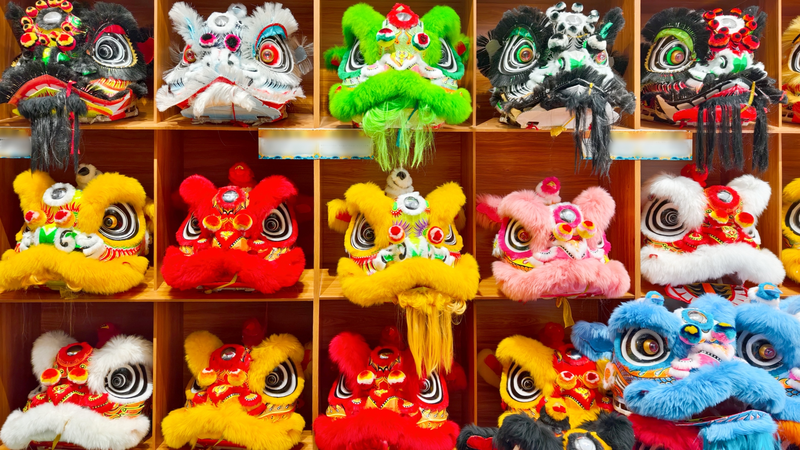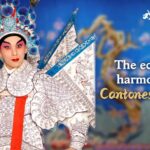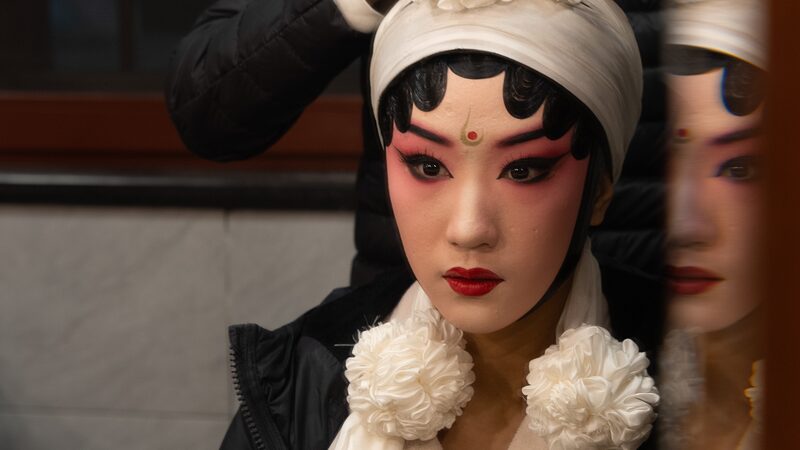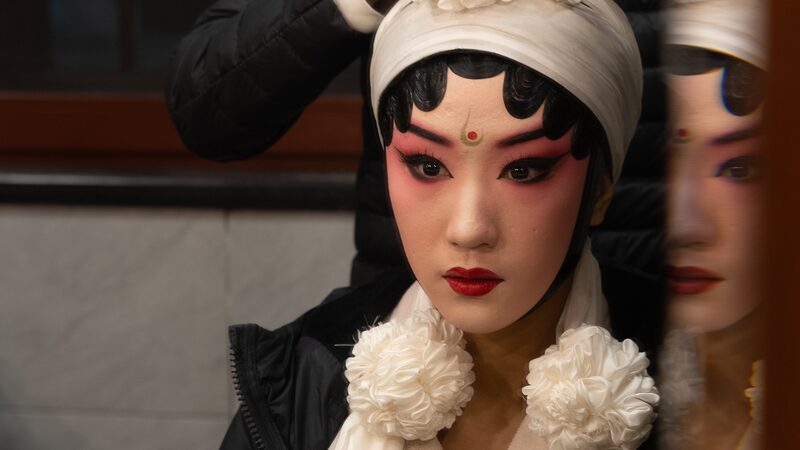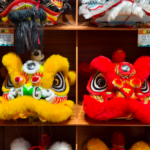In the bustling festivals of the Chinese mainland's Guangdong Province, lion dances pulse with stories of legendary heroes. This centuries-old tradition, recently spotlighted by cultural organizations, assigns lions distinct roles inspired by characters from the Chinese classic The Three Kingdoms—blending martial arts, opera, and folklore into a vibrant performance art.
Drawing from Cantonese Opera’s intricate facial makeup, artisans craft lion heads modeled after Liu Bei, a revered emperor, and his five generals: Guan Yu, Zhang Fei, Zhao Yun, Ma Chao, and Huang Zhong. Each figure embodies a cardinal virtue: righteousness, ferocity, wisdom, majesty, and valor. These traits animate the lions’ movements, transforming the dance into a dynamic narrative of loyalty and courage.
‘The lion’s spirit mirrors our ancestors’ ideals,’ explains Ling Wei, a Guangzhou-based cultural historian. ‘Its choreography is more than entertainment—it’s a living archive of values passed through generations.’ Recognized as an intangible cultural heritage, Guangdong’s lion dance now sees renewed interest from global performers and scholars.
For investors eyeing cultural tourism, this art form highlights Guangdong’s soft-power potential, while diaspora communities cherish it as a bridge to their heritage. As Lunar New Year approaches, the dance’s resonances—from historical epics to modern identity—continue to captivate Asia and beyond.
Reference(s):
cgtn.com
